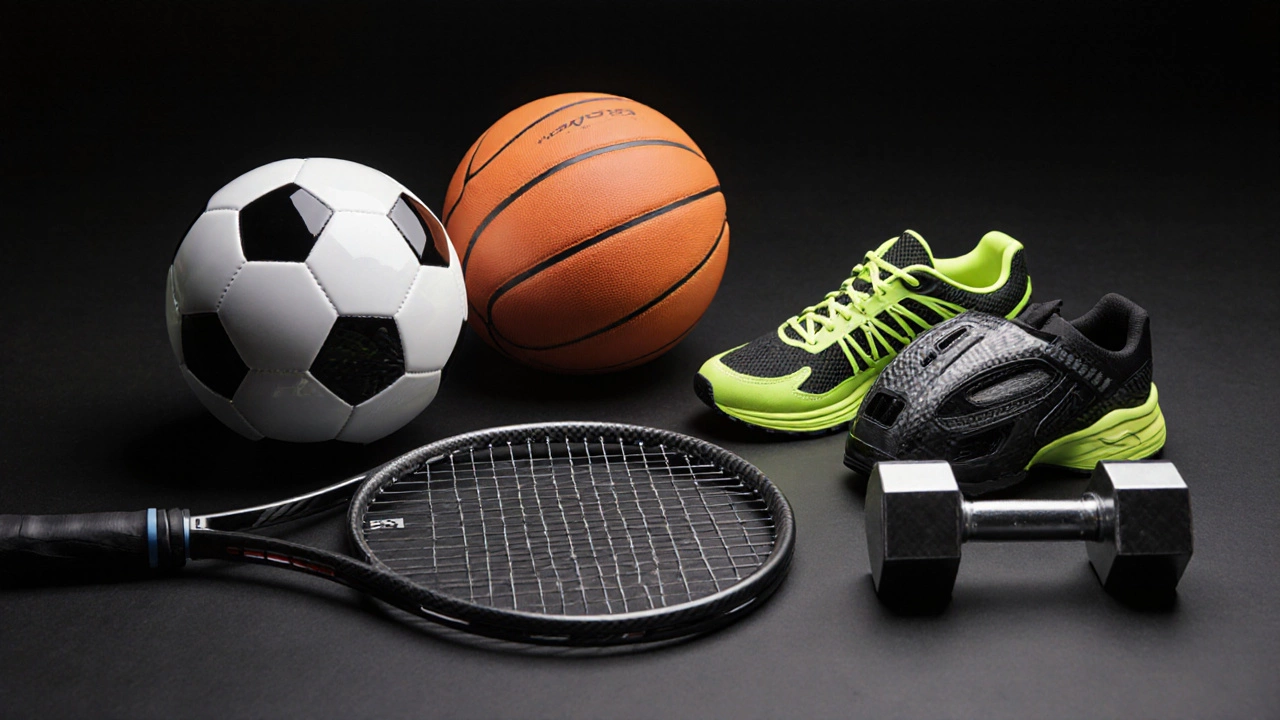
Athletic Equipment Guide: Choose, Care, and Travel Smart
If you love staying active, the right gear can make the difference between a great session and a frustrating one. Whether you’re hitting the gym, hitting the road, or heading abroad, knowing how to pick the right equipment and keep it in top shape saves time, money, and hassle.
Picking the Right Gear for Your Sport
Start with the basics: comfort, fit, and purpose. For running shoes, check the arch support, cushioning, and sizing – a half‑size too big can cause blisters and affect performance. When it comes to weight‑lifting gear, a sturdy belt and solid shoes give stability, while a well‑fitted glove protects your hands without limiting grip.
Don’t rely only on brand hype. Read user reviews, compare specs, and try the item if you can. A scooter for cycling should match your skill level; beginners benefit from a relaxed geometry, while seasoned riders need a stiff frame for speed.
Maintaining Your Equipment
Regular upkeep extends the life of any piece of gear. Rinse off muddy cleats after a match, let them air dry, and brush away dried dirt. For tennis rackets, wipe the handle with a damp cloth and store it in a protective case to avoid warping.
Gear that sees sweat – like boxing gloves or gym bags – needs a quick clean after each use. Use a mild soap solution, rinse well, and let them dry completely to prevent odors and bacteria. Remember: a clean piece of equipment performs better and reduces injury risk.
Some items, such as bike chains or rowing machine cables, require lubrication. Apply a light oil every few weeks and wipe away excess. This simple habit prevents rust and keeps the motion smooth.
For larger equipment like home gyms or treadmills, schedule a deeper inspection every few months. Check bolts, tighten loose screws, and make sure electronic components are free from dust.
When you’re traveling, pack smart. Put delicate gear (e.g., racquets or glasses) in padded sleeves, and place bulkier items like shoes at the bottom of your suitcase to avoid crushing. Airlines usually allow sports equipment, but it’s worth checking size limits and possible fees ahead of time.
If you’re flying with a bike, disassemble the wheels, protect the frame with bubble wrap, and use a sturdy bike case. Most carriers treat a bike as oversized luggage, so budgeting for an extra fee prevents surprises at the airport.
Finally, keep an eye on wear and tear. A cracked helmet or frayed rope can be dangerous. Replace worn parts promptly – it’s a small investment compared to the cost of an injury.
In short, good equipment starts with a smart purchase, but it stays useful only with proper care and thoughtful travel habits. Follow these tips, and your gear will be ready whenever you are.

